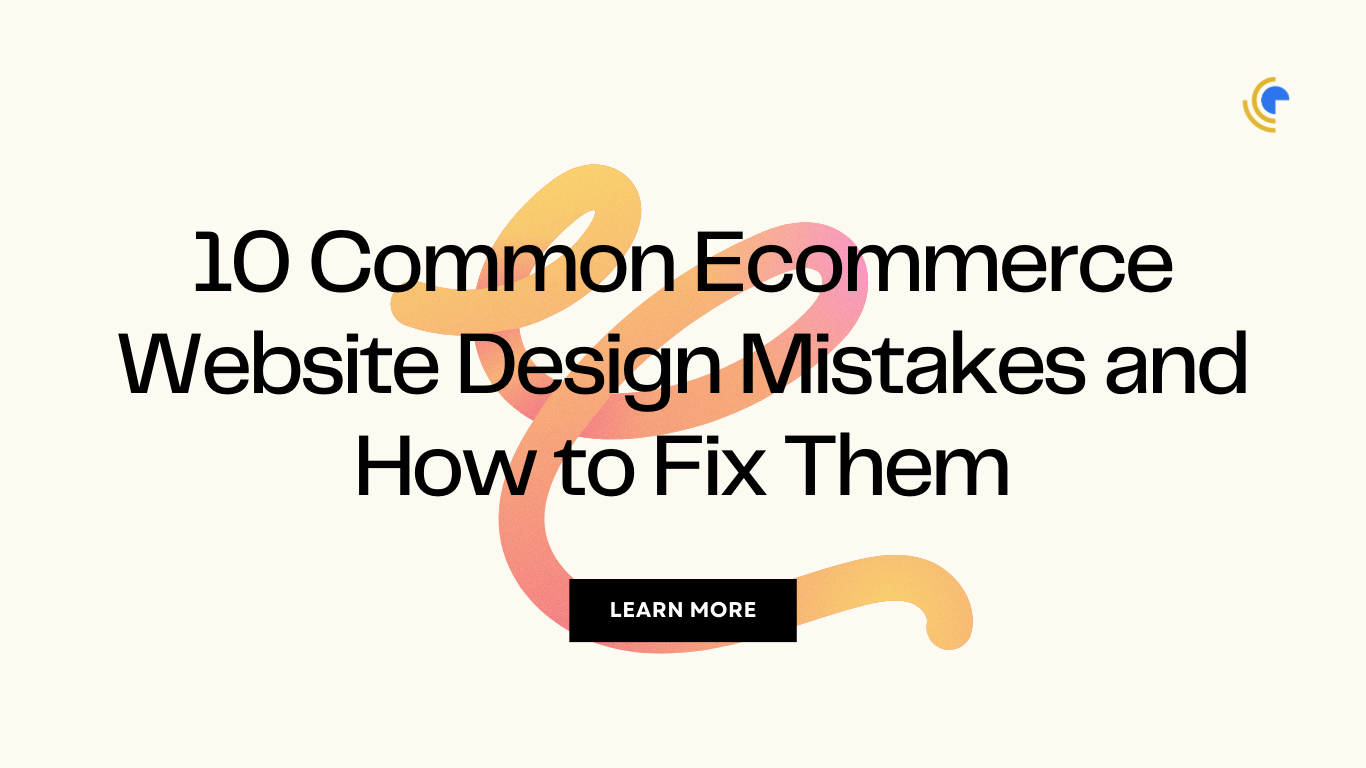
In the dynamic world of online commerce, a well-designed website is the cornerstone of success. However, even the most seasoned designers can inadvertently make mistakes that impact user experience and hinder conversions. In this blog post, we’ll explore 10 common ecommerce website design mistakes and provide actionable solutions to rectify them.
1. Poor Navigation:
Complex navigation structures can leave users frustrated and disoriented. To fix this, simplify your website’s navigation by organizing products into clear categories. Implement an intuitive menu structure, and consider adding a search bar for quick access.2. Complicated Checkout Process:
Lengthy and confusing checkout processes are a major deterrent for potential customers. Streamline your checkout by minimizing the number of steps required. Implement guest checkout options and use progress indicators to guide users through each stage seamlessly.3. Unresponsive Design:
In an era dominated by various devices, having a website that adapts poorly to different screen sizes can drive away potential customers. Ensure your ecommerce site is responsive, offering a seamless experience across desktops, tablets, and smartphones.4. Slow Loading Times:
A website that takes ages to load can lead to high bounce rates. Optimize your website’s performance by compressing images, utilizing browser caching, and employing Content Delivery Networks (CDNs) to enhance loading times.5. Lack of High-Quality Images:
Visual appeal is paramount in ecommerce. Avoid using poor-quality images that fail to showcase your products effectively. Invest in high-resolution images with zoom functionality, providing customers with a detailed view of what you offer.6. Ineffective Search Functionality:
A robust search feature is crucial for helping users find products quickly. Enhance your search functionality with autocomplete suggestions, filters, and an algorithm that delivers accurate results.7. Hidden or Complicated Contact Information:
Transparency builds trust. Ensure that your contact information is prominently displayed on your website. Include a contact form and live chat option to facilitate easy communication with your customers.8. Ignoring Mobile Users:
The rise of mobile usage makes it imperative to prioritize mobile responsiveness. Optimize your website layout and functionality for smaller screens to provide a seamless and enjoyable mobile experience.9. Inadequate Product Descriptions:
Insufficient product information can lead to uncertainty and hesitancy. Provide comprehensive product descriptions, including specifications, features, and benefits. Consider incorporating customer reviews to build trust and provide social proof.10. Complicated Registration Processes:
Forcing users to create an account before checkout can be a turn-off. Implement guest checkout options, allowing users to complete their purchase without the need for account creation. Encourage account creation post-purchase to enhance user engagement.Avoiding these common ecommerce website design mistakes is crucial for creating a positive user experience and boosting conversions. Regularly evaluate your website’s performance, gather user feedback, and stay abreast of industry trends to ensure your ecommerce platform remains competitive and user-friendly. By addressing these issues head-on, you’ll be on your way to crafting an online shopping experience that keeps customers coming back for more.
